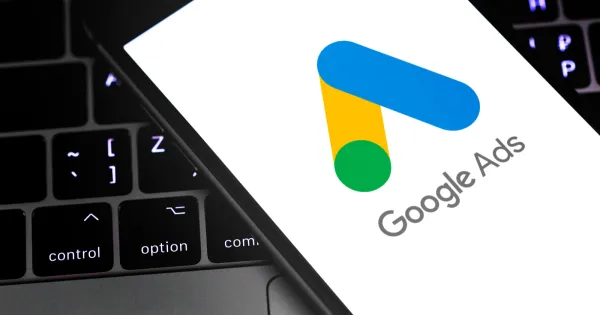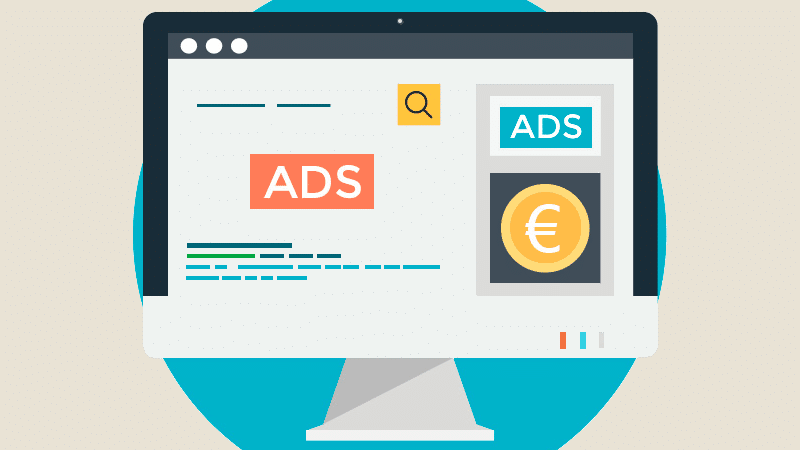Will Webflow Go Public? Understanding the Possibility of a Future IPO

Introduction
Webflow has emerged as a major player in the no-code website-building industry, providing designers and businesses with powerful tools to create fully responsive websites without coding. Given its rapid expansion and strong financial backing, there has been ongoing speculation about whether Webflow will go public through an Initial Public Offering (IPO). This article explores Webflow’s journey, financial standing, and the likelihood of an IPO in the near future.
Webflow’s Growth and Market Presence
Founded in 2013 by Vlad Magdalin, Bryant Chou, and Sergie Magdalin, Webflow has positioned itself as a leader in the no-code movement. Unlike traditional website builders, Webflow offers advanced design capabilities, making it a preferred choice for businesses, agencies, and freelancers.
Webflow has attracted millions of users and high-profile clients, proving its ability to compete with platforms like WordPress, Wix, and Shopify. The company's steady growth has sparked curiosity about its future plans, including the possibility of becoming a publicly traded company.
Financial Backing and Valuation
Webflow has secured significant funding, with one of its most notable rounds occurring in March 2022, when the company raised $120 million in a Series C funding round, bringing its valuation to $4 billion. Investors like Y Combinator, Accel, and CapitalG (Google’s growth fund) have contributed to Webflow’s financial success, reinforcing its credibility in the tech space.
The company has consistently emphasized its goal of democratizing web design and expanding its enterprise solutions. However, despite its strong financial backing, Webflow remains a privately held company with no official announcement regarding an IPO.
Will Webflow Go Public?
While there is no confirmed timeline for an IPO, several factors suggest that Webflow could consider going public in the future:
- Market Demand – No-code development is on the rise, and investors are increasingly interested in platforms that enable businesses to create websites and apps without extensive coding knowledge.
- Competitive Positioning – As Webflow continues to challenge platforms like WordPress and Squarespace, an IPO could provide additional capital for expansion and innovation.
- Investor Expectations – With major venture capital firms backing Webflow, an eventual IPO could be a natural step to provide returns to investors.
Despite these factors, Webflow's leadership has not provided any public statements confirming IPO plans. The company may prioritize growth and product development before considering a move to the stock market.
What an IPO Could Mean for Users and Investors
If Webflow decides to go public, the impact could be significant for both users and investors:
- Increased Investment in Features – An influx of capital could accelerate Webflow’s development, bringing more advanced functionalities to the platform.
- Pricing and Business Model Changes – IPOs often lead to shifts in pricing strategies, which could affect Webflow’s subscription plans.
- Stock Market Opportunities – Investors would have the chance to own shares in Webflow, potentially benefiting from the company's continued success.
However, going public could also introduce challenges, such as pressure to meet shareholder expectations, which might influence Webflow’s long-term vision and decision-making.
Conclusion
Webflow has firmly established itself as a leader in the no-code web development space, attracting millions of users and securing substantial financial backing. While an IPO remains a possibility, the company has not announced any concrete plans to go public. Whether Webflow chooses to stay private or eventually enter the stock market, its impact on the web design industry continues to grow. Investors and users alike will be keeping a close watch on any future developments regarding Webflow’s financial trajectory.




